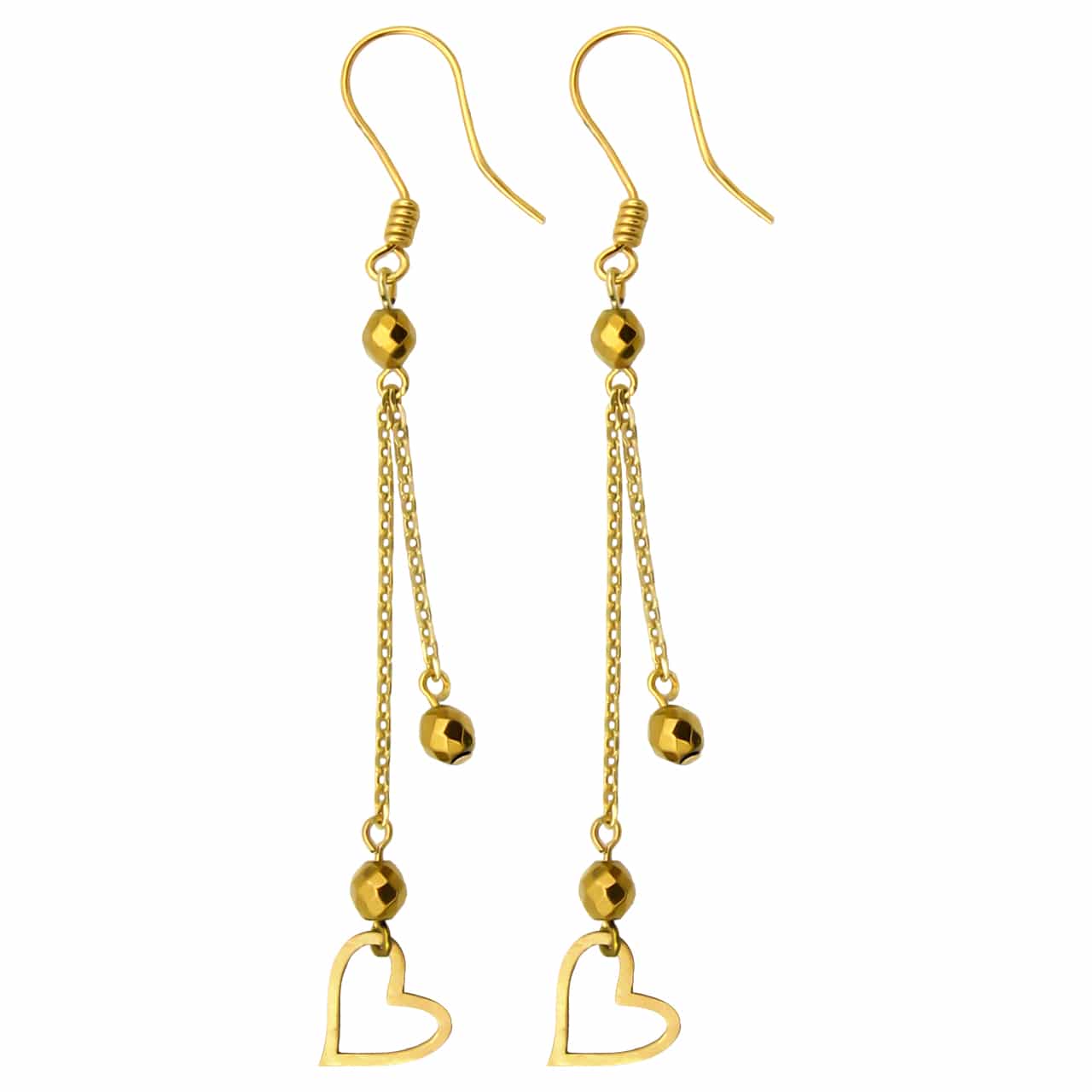Music has been an integral part of human culture for thousands of years, shaping emotions, social interactions, and even physiological responses. From ancient rituals to modern pop hits, the influence of music on the human body and mind remains profound. Understanding how music impacts heart rate and mood not only enhances our appreciation of this art form but also opens avenues for therapeutic applications rooted in centuries of cultural evolution.
Below, we explore the biological mechanisms, historical developments, cultural influences, and practical implications of music’s power to alter physiological states. Through concrete examples and research-backed insights, this article demonstrates how music continues to resonate deeply within us across different eras.
Table of Contents
- Introduction to Music’s Influence on Human Physiology and Emotion
- The Biological Basis of Music’s Effects on Heart Rate and Mood
- Historical Evolution of Music and Its Physiological Impact
- The Cultural and Social Dimensions of Music’s Mood and Physiological Effects
- The Role of Music in Specific Historical Periods and Movements
- Non-Obvious Factors and Deep-Dive Insights
- Case Study: “Lady In Red” as a Modern Illustration of Music’s Physiological and Emotional Effects
- Practical Implications and Future Directions
- Conclusion: The Persistent Power of Music Across Time
1. Introduction to Music’s Influence on Human Physiology and Emotion
Music’s capacity to evoke emotions and alter physiological states has been recognized since antiquity. Modern research confirms that auditory stimuli can influence heart rate, blood pressure, and mood through complex neurobiological pathways. For example, calming melodies tend to lower heart rate and promote relaxation, whereas fast-paced rhythms can increase arousal and alertness.
Historically, societies have used music in rituals, ceremonies, and communal gatherings to reinforce social bonds and induce specific emotional states. Ancient tribes played rhythmic drums to synchronize group activities, and medieval chants aimed to elevate spiritual consciousness. These practices exemplify how music has served as a tool for emotional regulation and social cohesion across cultures and eras.
2. The Biological Basis of Music’s Effects on Heart Rate and Mood
a. Auditory stimuli and autonomic nervous system responses
Sound waves from music are processed by the auditory cortex and can trigger responses in the autonomic nervous system, which controls involuntary functions such as heart rate and blood pressure. For instance, soothing music activates parasympathetic pathways, promoting relaxation, while intense, rhythmic music stimulates sympathetic responses, increasing heart rate.
b. Rhythmic patterns and heart rate modulation
Research indicates that rhythmic elements in music, such as tempo and beat, can entrain physiological processes. A tempo of around 60-70 beats per minute often aligns with resting heart rate, encouraging calmness. Conversely, faster tempos can induce physiological arousal, influencing mood and energy levels.
c. Neurochemical responses: endorphins, dopamine, and serotonin
Listening to music stimulates the release of neurochemicals associated with pleasure and reward. For example, dopamine release during enjoyable music experiences reinforces positive feelings, while endorphins contribute to analgesic effects and mood elevation. Serotonin levels may also increase, promoting feelings of well-being and emotional stability.
3. Historical Evolution of Music and Its Physiological Impact
a. Music in ancient societies
In early civilizations, music played a vital role in rituals and communal bonding. The use of drums, flutes, and vocal chants often aimed to induce trance-like states, synchronize group activity, and facilitate spiritual experiences. These practices had tangible effects on participants’ emotional states and even their physiological responses, such as increased heart rate during energetic dances.
b. Development of musical genres and emotional connotations
Over centuries, musical styles evolved, with each genre carrying distinct emotional associations. For example, Baroque music’s intricate compositions evoke feelings of grandeur and introspection, while blues and jazz, emerging in the early 20th century, often express melancholy and resilience. These emotional connotations influence listeners’ physiological and psychological states.
c. Technological advancements
From live performances in ancient amphitheaters to the advent of recorded music in the 20th century, technology has transformed how we experience music. The ability to listen to familiar or new tracks at will allows for targeted emotional and physiological effects, as listeners can select music that induces relaxation, excitement, or nostalgia.
4. The Cultural and Social Dimensions of Music’s Mood and Physiological Effects
a. Cultural context shaping emotional responses
Cultural backgrounds influence how individuals interpret and respond to music. For instance, a rhythm that induces excitement in one culture may be perceived as sacred or calming in another. These variations are rooted in shared cultural symbols, language, and historical experiences, making music a deeply personal yet universally social phenomenon.
b. Iconic songs and mood-altering qualities
Certain songs have become emblematic of specific emotional states. For example, “Lady In Red” by Chris de Burgh, characterized by its smooth melody and romantic tone, exemplifies how a piece of music can evoke feelings of love and nostalgia. Such compositions can also influence physiological responses like increased heart rate or relaxed breathing, demonstrating music’s power to shape mood.
Interestingly, if you explore the what’s the rtp for lady in red?, you’ll find that modern digital platforms integrate musical elements into gaming experiences, highlighting the continued relevance of music’s psychological and physiological influence in entertainment.
c. Social settings and collective listening
Group experiences such as concerts or dance parties amplify the physiological effects of music through collective arousal and shared emotional states. Synchronization of movement and heart rate among participants fosters social bonds and intensifies mood shifts, illustrating the social dimension of music’s influence.
5. The Role of Music in Specific Historical Periods and Movements
a. Jazz era: rhythmic complexity and impact on heart rate
During the Jazz Age of the 1920s, artists like Louis Armstrong revolutionized music with improvisation and complex rhythms. Listening to jazz records, such as Armstrong’s recordings at 78 RPM, often involved energetic tempos that could elevate heart rate and evoke feelings of vitality and freedom. The syncopated rhythms stimulated physiological arousal, making jazz a symbol of cultural dynamism.
b. “Putting on the Ritz” era and social uplift in 1929
The song “Puttin’ on the Ritz” became an emblem of sophistication and optimism during the late 1920s, a period marked by economic upheaval. Its lively melody and upbeat tempo served as a form of emotional escapism, lifting spirits and fostering a sense of collective resilience—effects that extend to physiological responses like increased alertness and positive mood.
c. Modern pop and dance music: physiological arousal and mood
Today’s pop and electronic dance music maintain high energy levels and steady tempos designed to sustain physiological arousal. Clubs and festivals leverage rhythmic beats to enhance mood, promote social bonding, and prolong feelings of excitement—an ongoing demonstration of music’s capacity to regulate emotional and physical states.
6. Non-Obvious Factors and Deep-Dive Insights
a. Instrument construction and emotional response
The materials used in musical instruments influence sound quality and perception. For example, legendary trumpeter Louis Armstrong’s gold-plated brass trumpet not only contributed to a distinctive timbre but also symbolized status and emotional resonance. The physical properties of instruments can subtly affect how listeners emotionally connect with music.
b. Familiarity versus novelty
Psychological studies show that familiarity with a song can enhance positive emotional responses and reduce physiological stress, while novel music may evoke curiosity and arousal. Balancing these elements can optimize mood and heart rate effects, which is why curated playlists often blend familiar tracks with new discoveries.
c. Tempo, key, and lyrics
Musical elements such as tempo and key significantly influence heart rate variability. Faster tempos tend to increase heart rate, while minor keys may evoke sadness, and major keys promote happiness. Lyrics add a layer of emotional meaning, further shaping mood and physiological responses.
7. Case Study: “Lady In Red” as a Modern Illustration of Music’s Physiological and Emotional Effects
“Lady In Red,” a romantic ballad by Chris de Burgh, exemplifies how melody, harmony, and lyrics combine to evoke deep emotional responses. Its moderate tempo (around 70 bpm), smooth melodic lines, and warm tonal quality create a sense of intimacy and nostalgia. Such characteristics not only influence mood but can also subtly modulate heart rate, illustrating the enduring power of music to affect physiology.
This song’s popularity across generations demonstrates the universal appeal of emotionally charged music. Its cultural significance reinforces the concept that certain musical structures and themes reliably trigger physiological and psychological responses, making it a modern reflection of age-old principles.
Note:
If you’re curious about the technical aspects behind such hits, exploring the what’s the rtp for lady in red? can provide insight into how modern digital platforms integrate music with interactive entertainment, further exemplifying the pervasive influence of music on human responses.
8. Practical Implications and Future Directions
a. Therapeutic applications
Music therapy leverages these physiological effects to improve heart health, reduce stress, and enhance emotional well-being. Customized playlists and live sessions are tailored to patient needs, demonstrating the tangible benefits of understanding music’s impact on the body.
b. Emerging technologies
Advances in wearable sensors and AI allow for real-time monitoring of physiological responses, enabling personalized music experiences that adapt to an individual’s current state. Such innovations promise to deepen our understanding of the dynamic relationship between music and human biology.
c. Integrating historical insights
By examining how different cultures and eras have harnessed music’s power, modern neuroscience can develop more effective therapeutic and entertainment strategies. This multidisciplinary approach underscores the timeless, universal influence of music on human physiology and emotion.
9. Conclusion: The Persistent Power of Music Across Time
Throughout history, music has served as a catalyst for emotional and physiological change. From ancient rituals to contemporary hits like “Lady In Red,” the ability of music to modulate heart rate and mood






